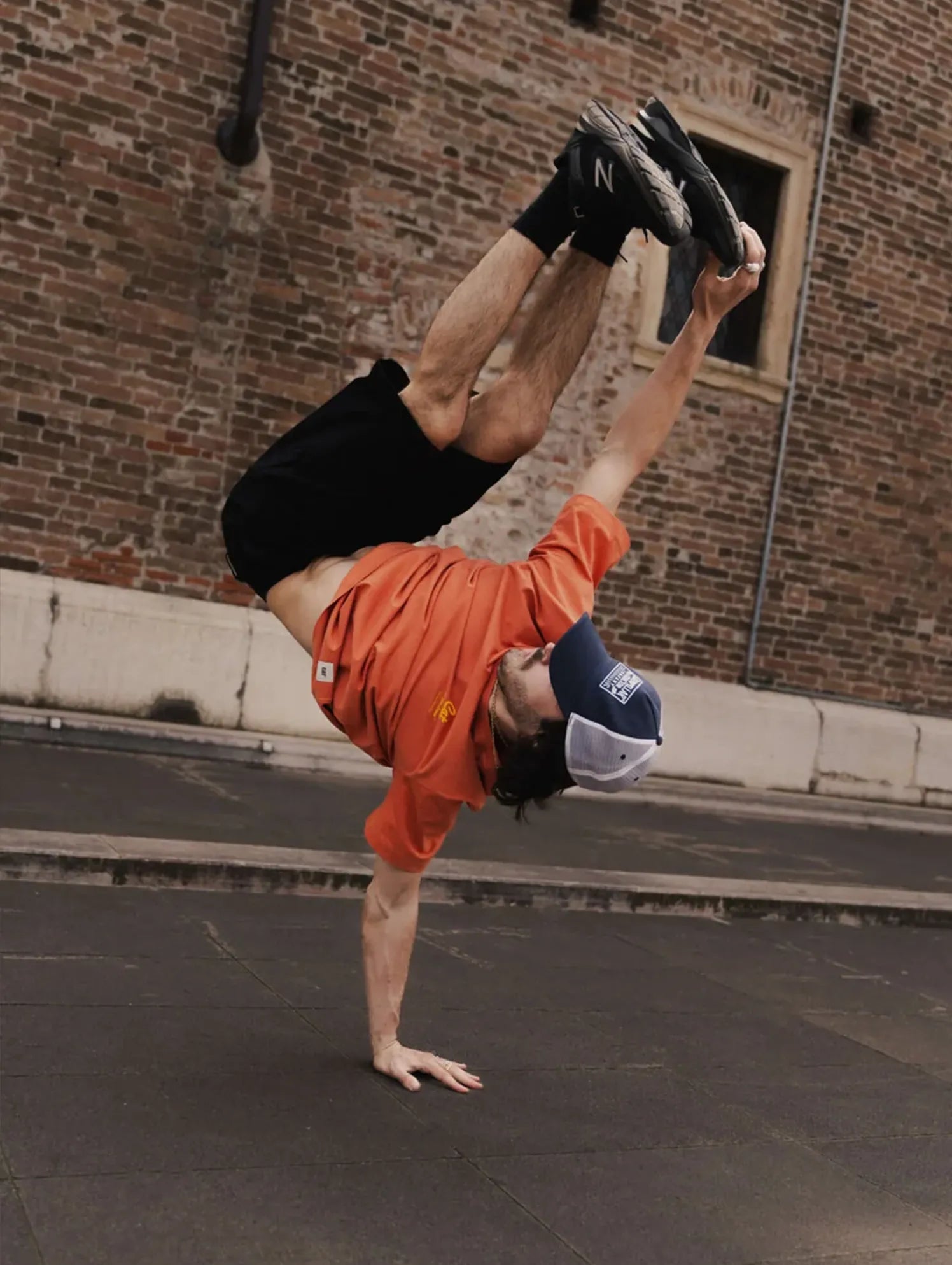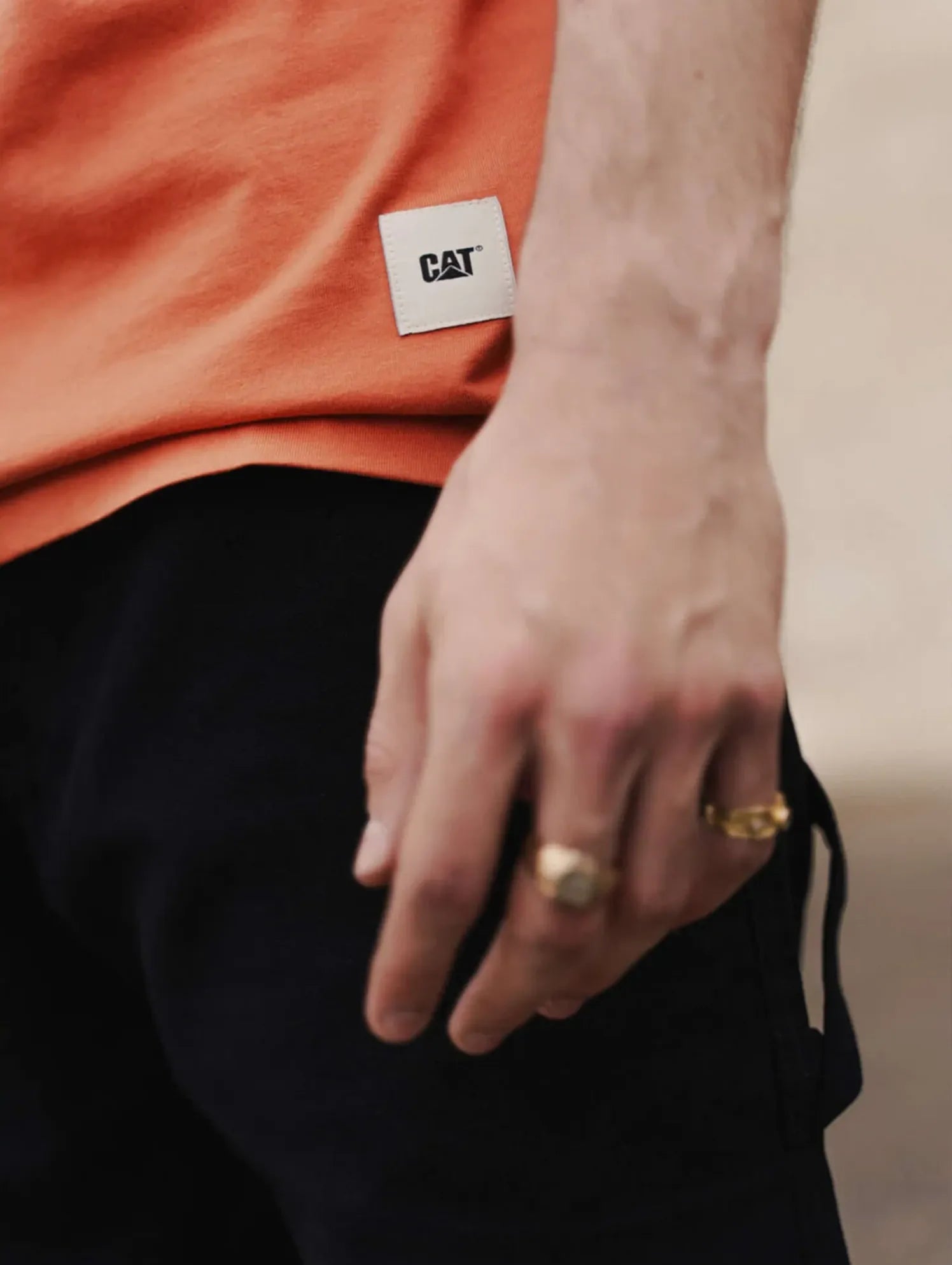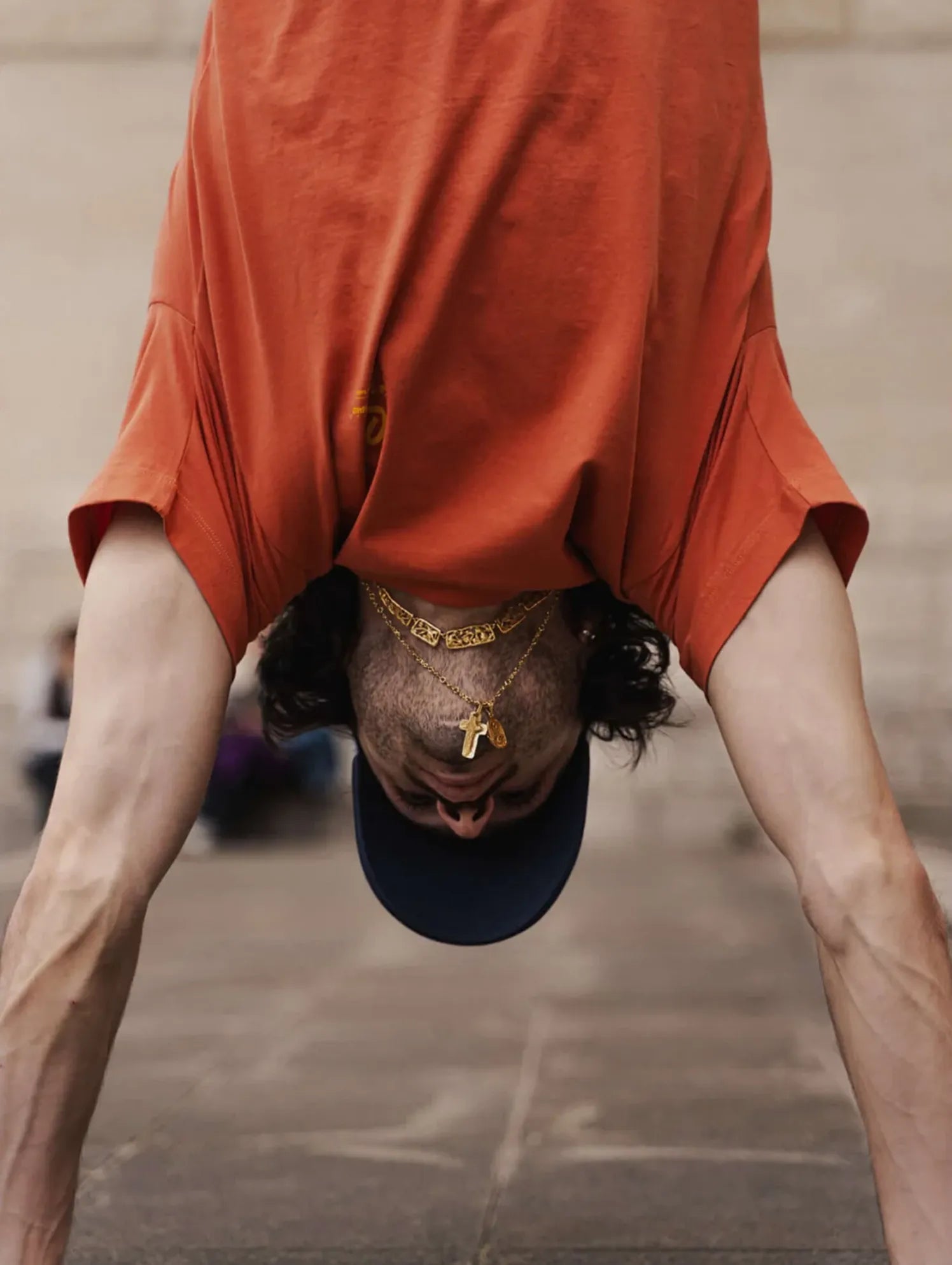Koe - Dancer
CREDITS
Talent: Francesco Sandrini aka KOE
Photo: Riccardo Romani

Talent: Francesco Sandrini aka KOE
Photo: Riccardo Romani

From the pioneering streets of New York to the contemporary movement, breakdance culture is a seemingly never-ending current that is being relentlessly evolved by generational talents, such as Francesco Sandrini, aka KOE. The perspectives of this Architecture student and member of the legendary 0371 crew are the philosophy of a conscious contemporary b-boy. They’re the desire to respect the old school and pass on an urban art that can shape personalities, interests and entire lives. They’re the flavor of asphalt and the echo of a timeless culture.
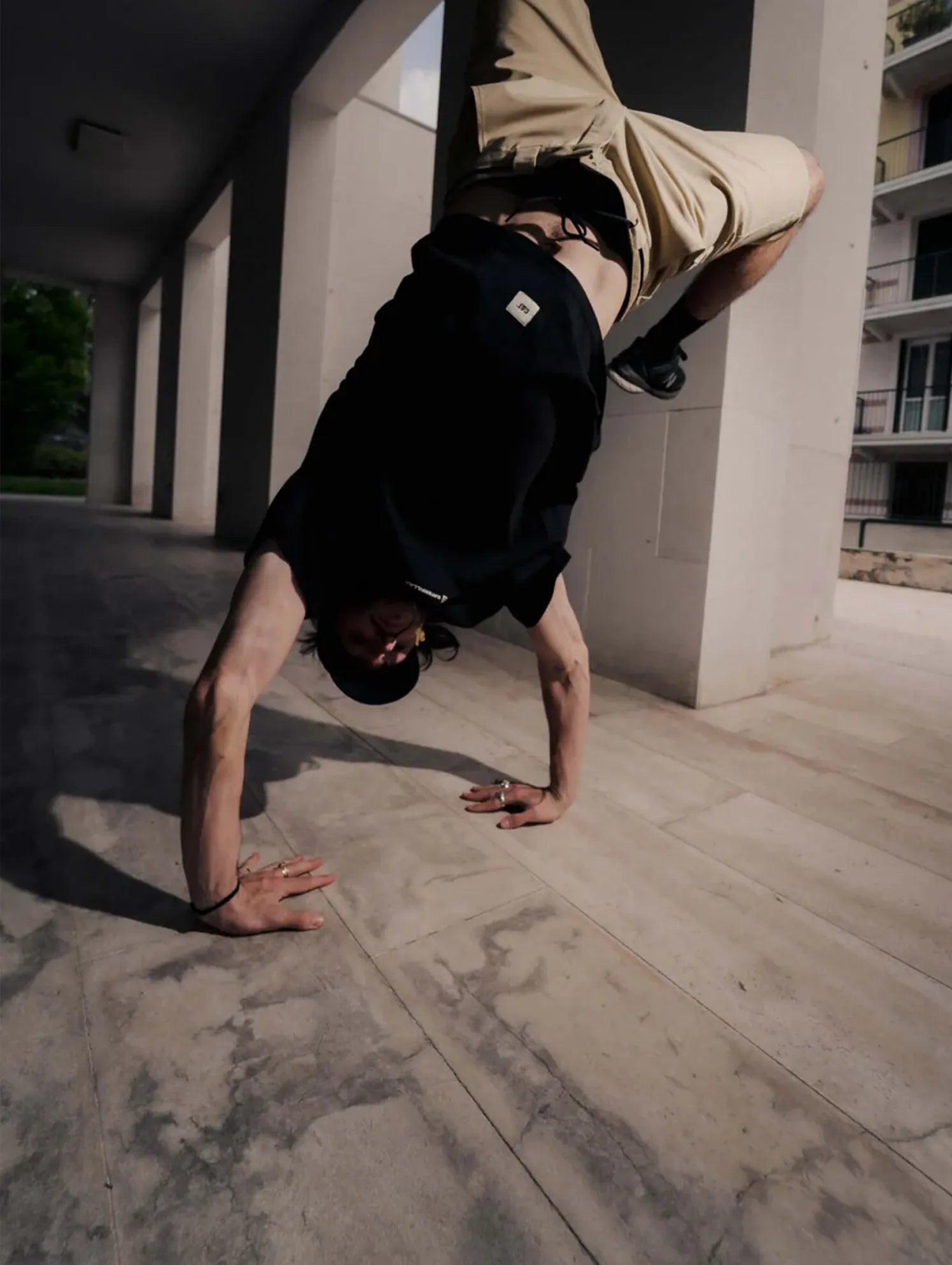
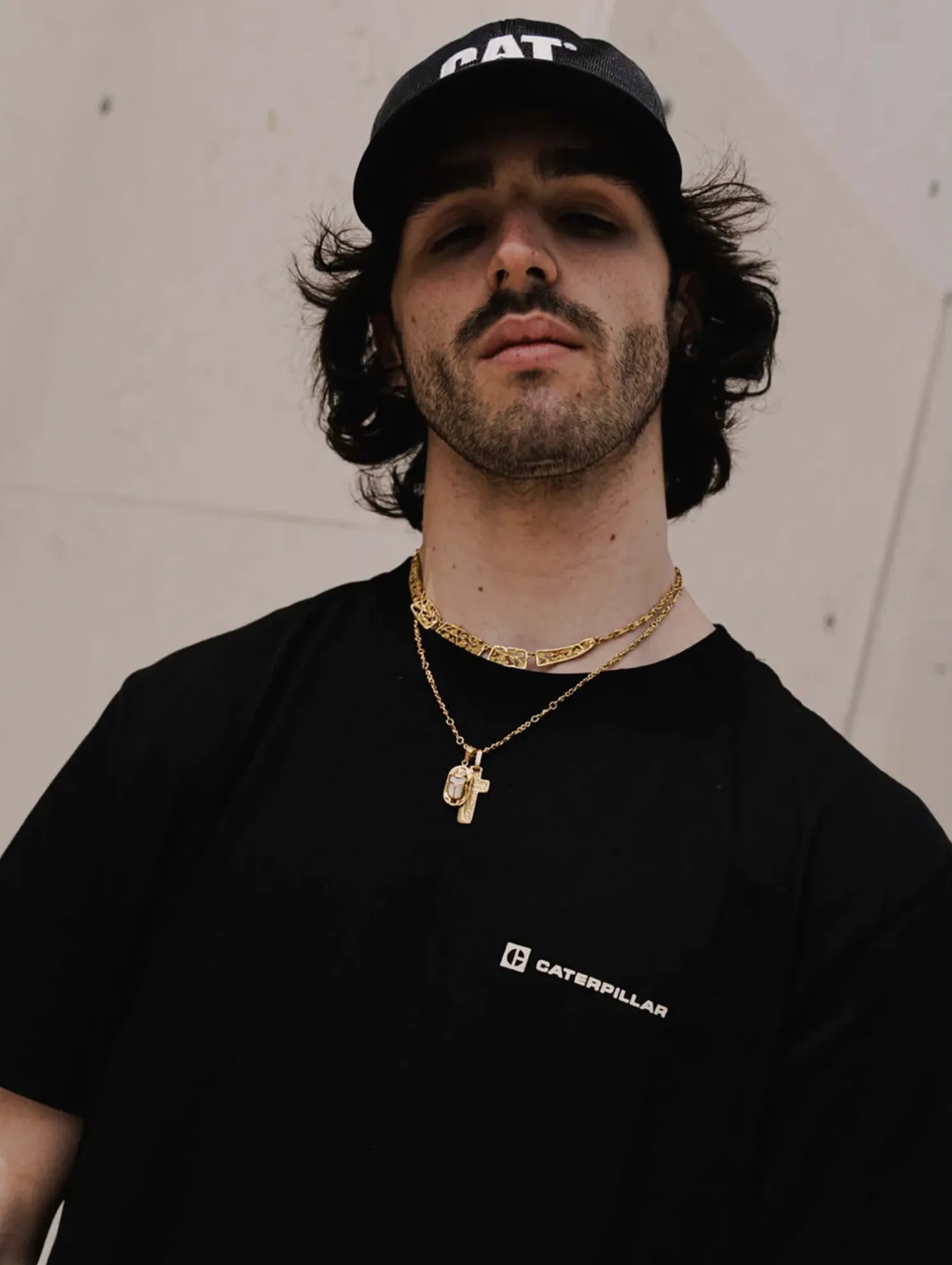
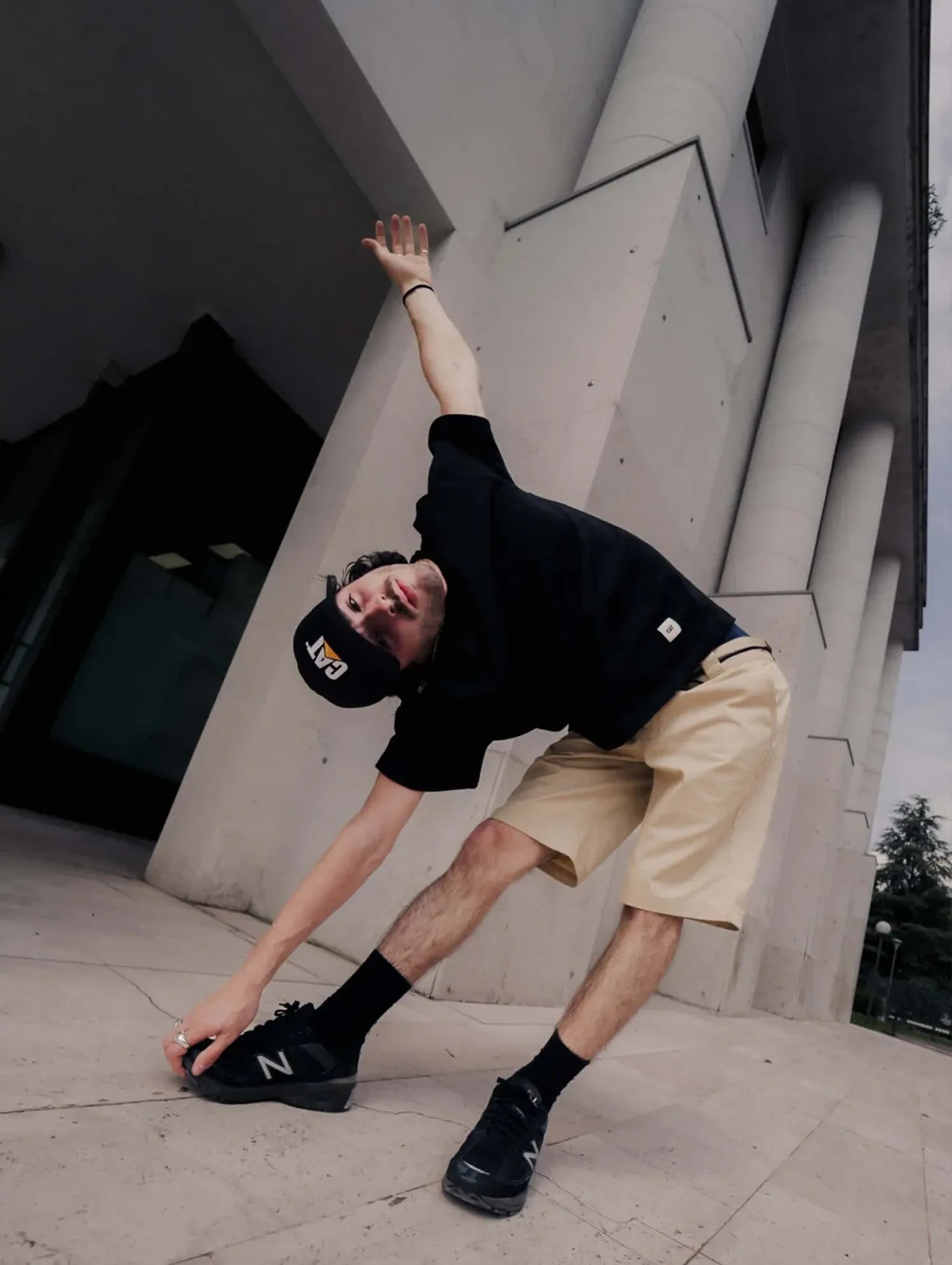
As a child I was drawn to sounds and music. At home I’d constantly dance. On the streets I’d light up when I heard music. One night I saw my father's friend's son dancing. He was breaking and I instantly fell in love with it. He moved in a unique way. I’d never seen anything like it, even on television. He was dancing on the asphalt and creating shapes that were as strange as they were hypnotic. After a few days I signed up for a class. I’d never done ordinary sports like football, but when I started to break I realized that it was going to become my only passion.
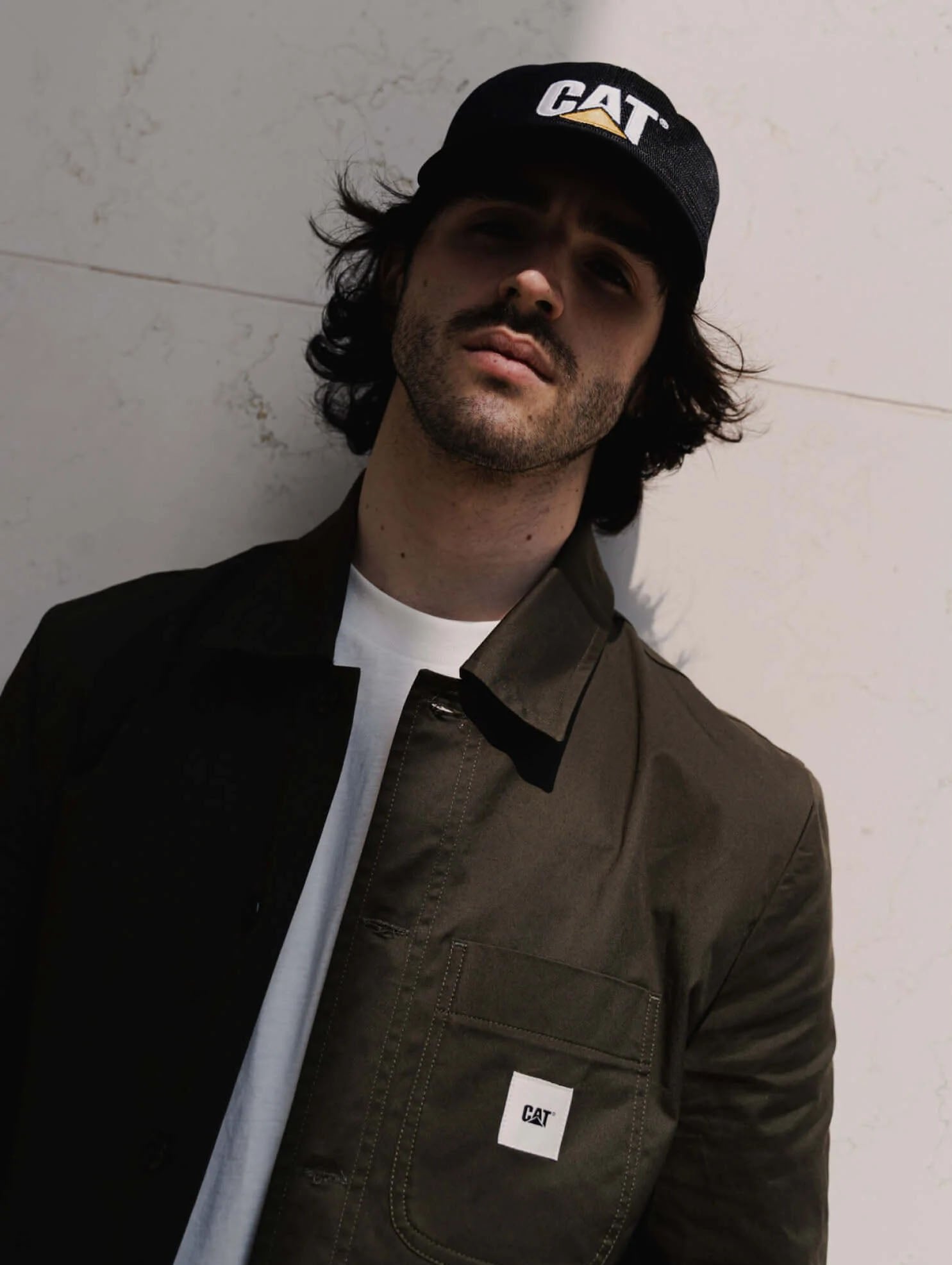
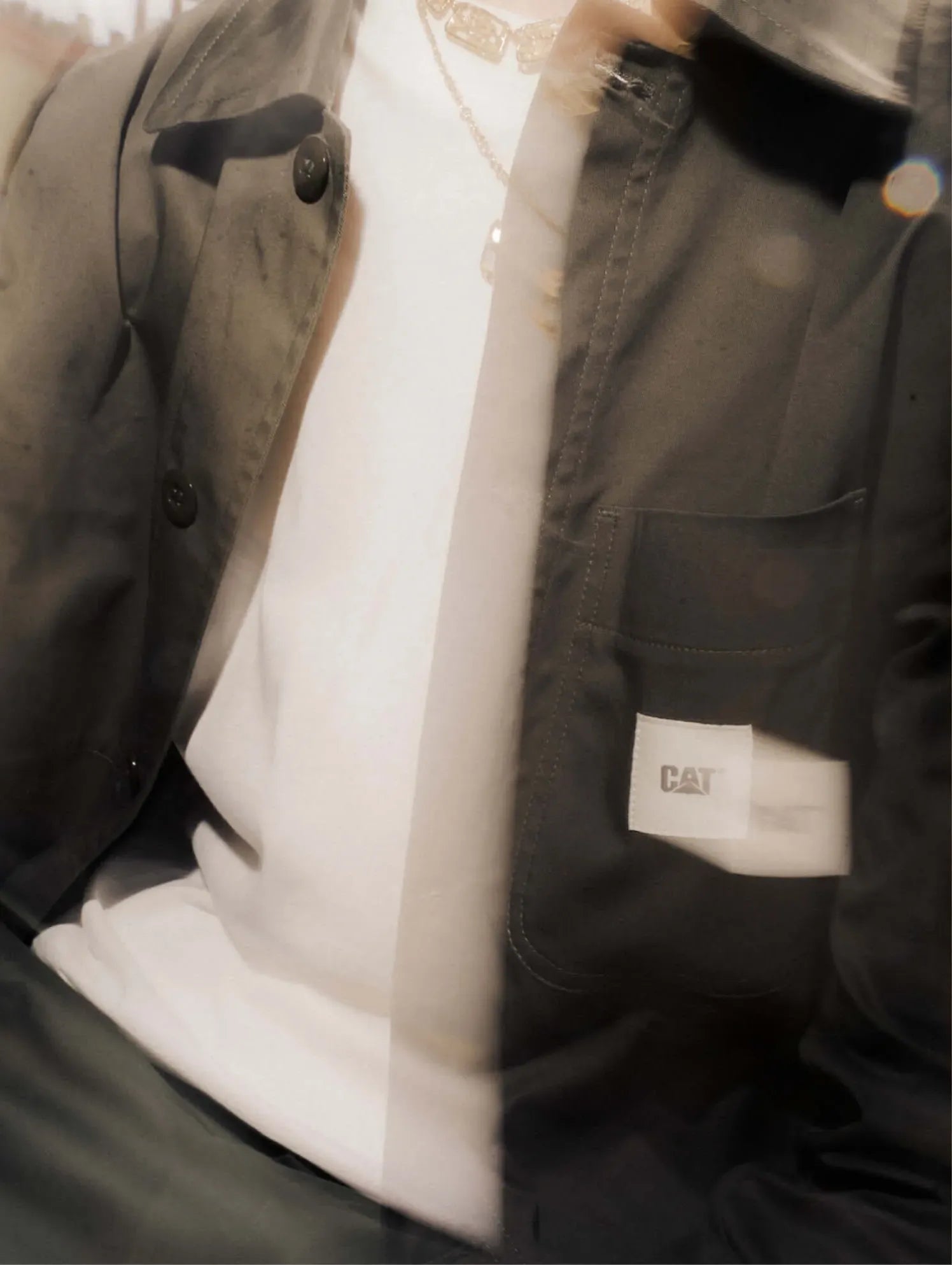
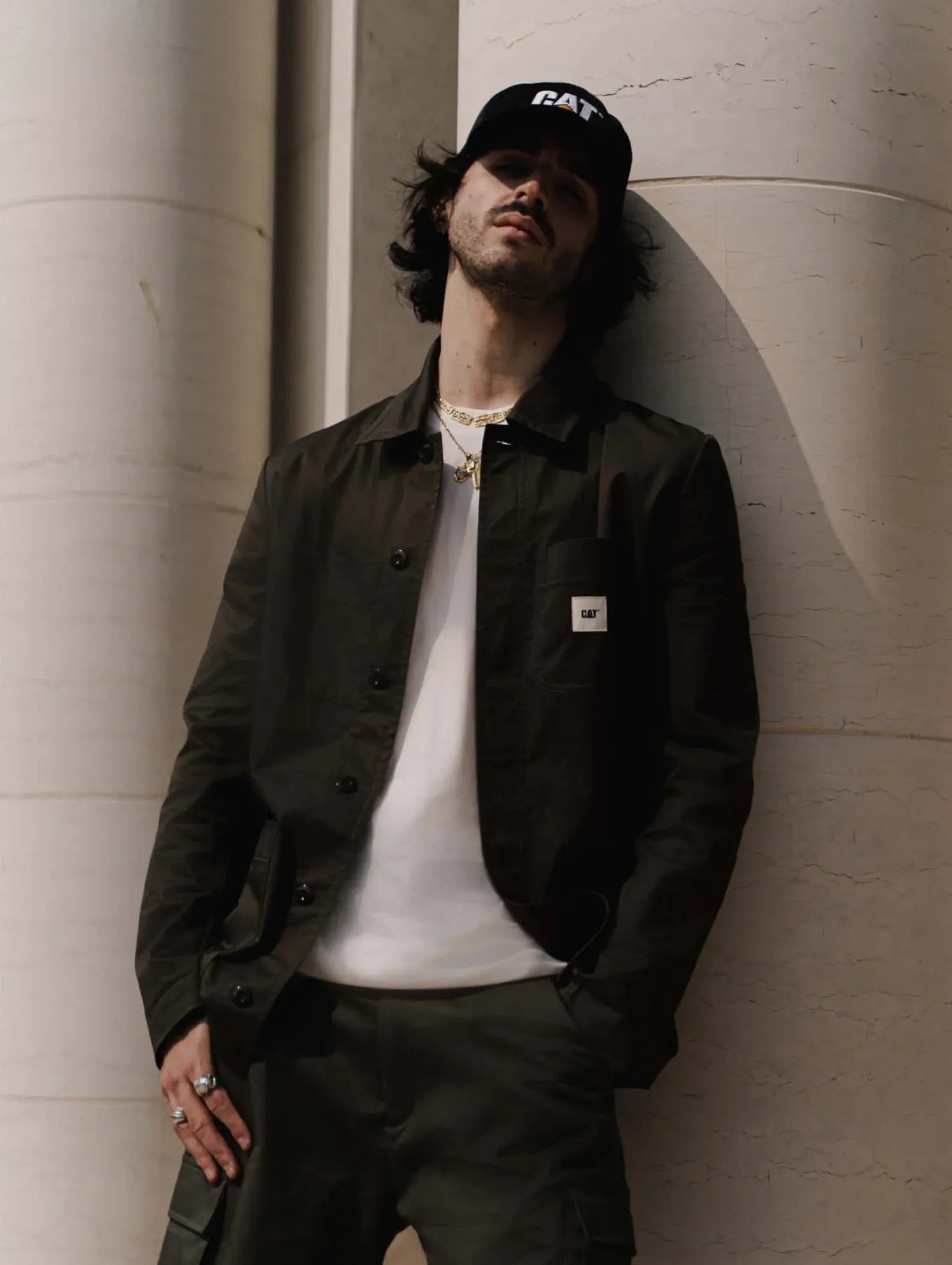
So much has changed in recent years. The Olympics have introduced more people to breaking, even countries like China are becoming homelands of b-boys and b-girls. The Olympics have also commercialized breakdancing, turning it into a sport and a potential job. On the one hand this is a good thing, because so many breakers today can make a living dancing. On the other it‘s a negative trend, because breaking is becoming a superficial competition. The artistic soul and rules of this culture are in danger.
We see a lot of 'biting', more and more b-boys are replicating the movements of other breakers. I can't stand it. Breaking is originality, it means expressing your personality. I get inspired by animals, daily details and emotions, and what I see on the streets.I don't live this art as a sport. I want to be recognizable, I don't want to win. I want to convey my interiority and talk to other people's bodies and feelings. In my opinion, the best breaker is the one who can be recognized by just watching his shadow.
Breaking is a language and every battle is a conversation. That‘s why I think repeating or copying others' movements is quite tricky. My moves are inspired by my feelings. I mean, you can follow a sort of preset script, but you definitely need to add something more tot hat and following your own vibes. I don’t want the battle to become a monologue, or a dialogue between different languages. I get upset when I challenge someone who doesn't talk to me, but only speaks through a precise script.... I don't like it and I don't think it conveys the true spirit of breaking.
I’ve many books at home. Obviously as a child my main focus was performance, but as I grew up I began to study the culture. Where it originated. How it spread around the world. Over the years I’ve met people who have told me so many things about this culture…I've been lucky. Cultural knowledge is crucial for breaking, we must always remember where we come from, why this art form was born and how we can evolve it in a meaningful way.
Sure. I’m now writing my thesis on the relationship between urban architecture and dance. The connection between urban spaces and dance has always intrigued me. I can give you a well-known example: the Dancing House in Prague, created by Vlado Milinić con Frank Gehry. This building is inspired by two dancers. The history of dance was born in the relationship between body and space.
As early as prehistoric times, communities performed tribal rituals outdoors. As the centuries went by, dance touched great civilizations such as the Greeks and Romans, and entered indoor spaces such as theaters. In modern history, dance has reclaimed and keeps reclaiming the streets and outdoor spaces, where even the lower social classes could express the creativity of their minds, souls and bodies. Breaking is one of the tangible proves of this evolution. Student and b-boy.
I’m now in Mantua, where many members of my 0371 crew live, but soon I’ll have to go back to Milan, where I’ve already spent a university year and had many difficulties in combining studying and breaking. I know that architecture and breaking will continue to be part of my life and evolve on two parallel trajectories. I hope that these two universes will continue to intertwine and lead me to a hybrid professional future. We’ll see. I certainly know that breaking will always be part of my life.
